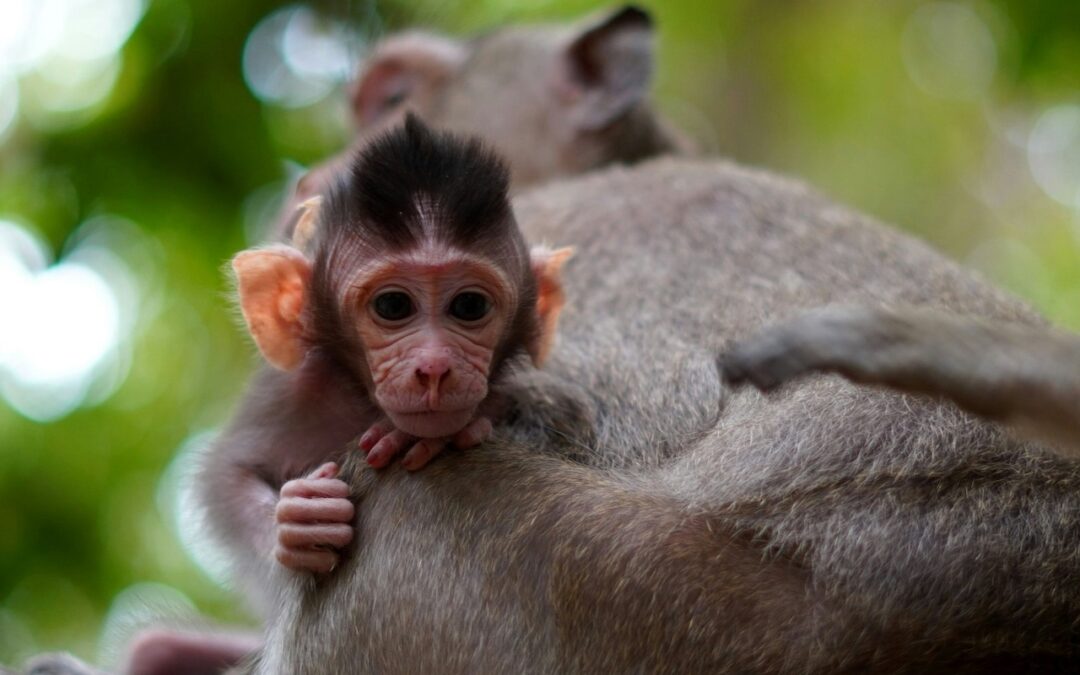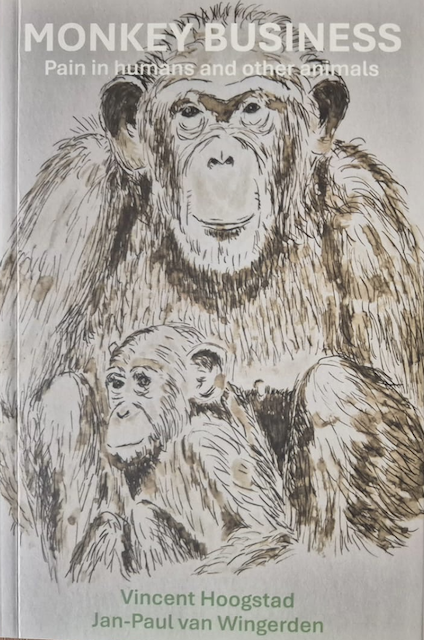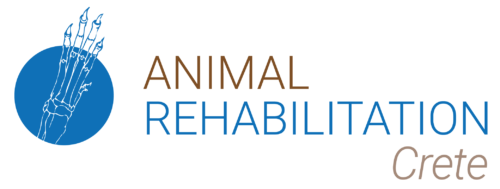As a veterinary and human physical therapist and wildlife rehabilitator, specialised in primates, I am intrigued by the differences and (more interesting) the similarities between species. When it comes to pain, there’s a large variety in behaviours. This variety in behaviours can also be seen within the same species, which makes it even more intriguing.
The similarities in neurobiology and pain anatomy of, let’s say, all mammals are uncanny. It appears that most mammals have pretty much the same pain system, as well as a largely comparable emotional system. From an evolutionary perspective, it is believed that our pain system has hardly changed since the start of mammals, approximately 300 million years ago (our first synapsid ancestors appeared in the Carboniferous period).
And homo sapiens doesn’t differ when it comes to our pain system.
On the other hand, pain behaviour has changed tremendously. The famous anthropologist Louis Leakey said it quite clearly before he sent Diane Fossey, Jane Goodall and Birute Galdikas into the jungles to observe Great Apes: Behaviour doesn’t fossilise. These, and other differences and similarities between species, have led to the writing of our book: Monkey business – pain in humans and other animals.
Physical therapy is, basically, about changing behaviour. I think I should elaborate a bit more about this. What physical therapy does, is to develop, maintain and restore movement and functional ability throughout the lifespan. Physical therapy is provided in circumstances where movement and function are threatened by ageing, injury, pain, diseases, disorders, conditions and/or environmental factors and with the understanding that functional movement is central to what it means to be healthy.
And here is what I believe is the missing link: We have no clue what we mean by function.

Vincent Hoogstad (PT, Primate rehabilitation practitioner)
Veterinary physical therapist, anatomist and behavioral ecologist
Vincent Hoogstad leads the Animal Rehabilitation Crete, an organisation that works towards a better life for animals on the island and around the globe.
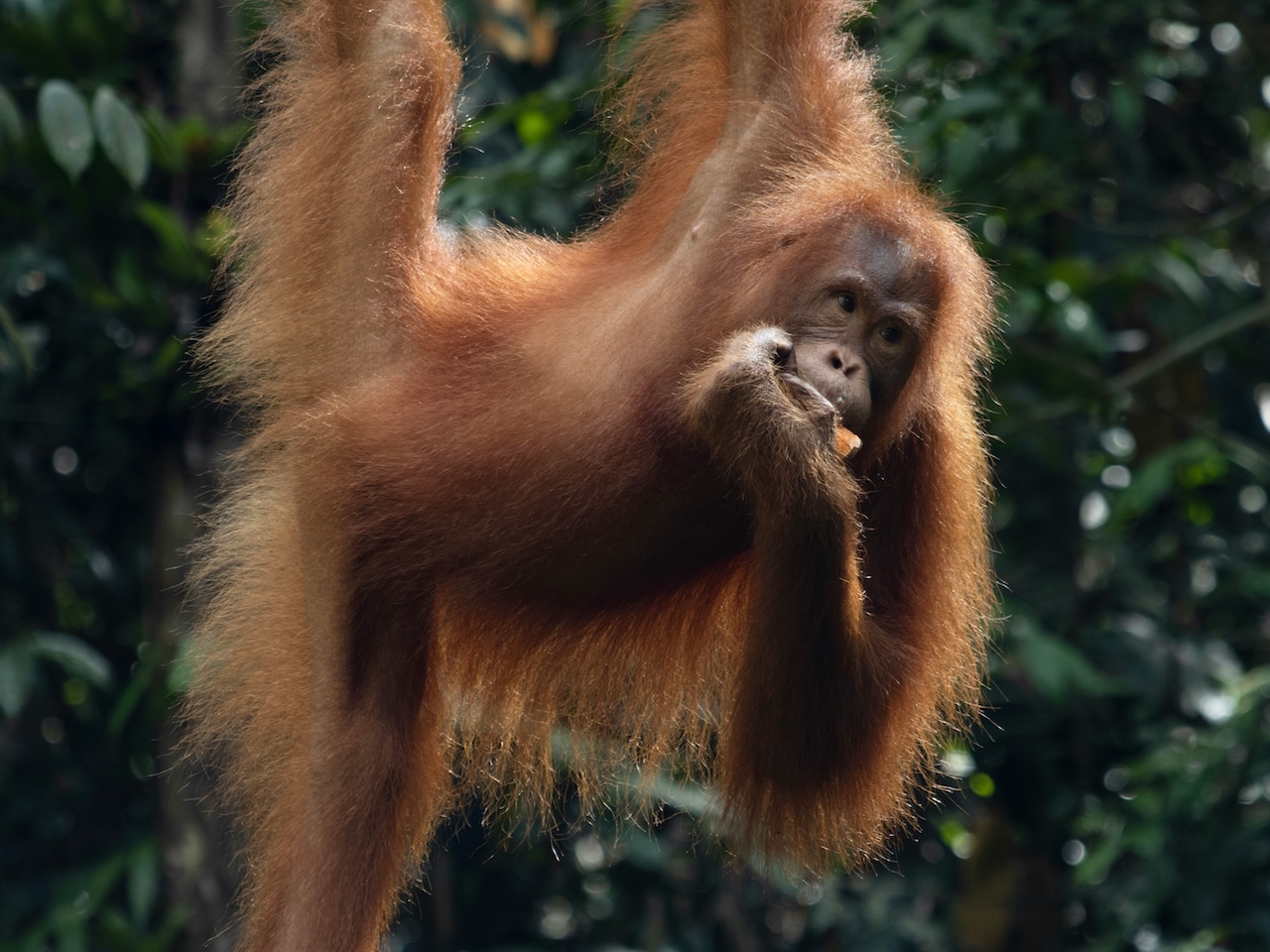
I used to work as a (human) anatomy teacher in the dissection room. In my lessons, I was less interested in topographic anatomy. Although it is important that students know where muscles are localised, I thought it more important that they understand the function of the different structures. To understand function, just as in real life, it is important to understand the cohesion with the surroundings.
Recently, the plank became an exercise for people with low back pain. Besides the fact that there’s no evidence that this really helps on any level, I always asked my students if they consider the plank to be functional. Since I started working with animals, I added the question of whether they know of any other mammals that do the plank as functional training? (spoiler alert; NO)
Please hear me well, I understand that we, as a species, cannot possibly go back to ‘natural behaviour’. It is not the holy grail. On the other hand, there’s not enough attention and knowledge for natural movement, natural behaviour, evolution and ethology in physical therapy. We can learn a whole lot from other mammals. And this is where I believe environmental physical therapy can make a difference, and should take the lead. With our book, we hope to add a little bit to this noble task.
What is normal, and what is functional? An important question for physiotherapists. I am involved in physiotherapy with/for animals, and preferably in their natural habitat and with wild behaviour. This provides crazy insights. For example, I learned that horses do not have a hollow back because the saddle fits better, something like that. In fact, most horses don’t like to be ridden.
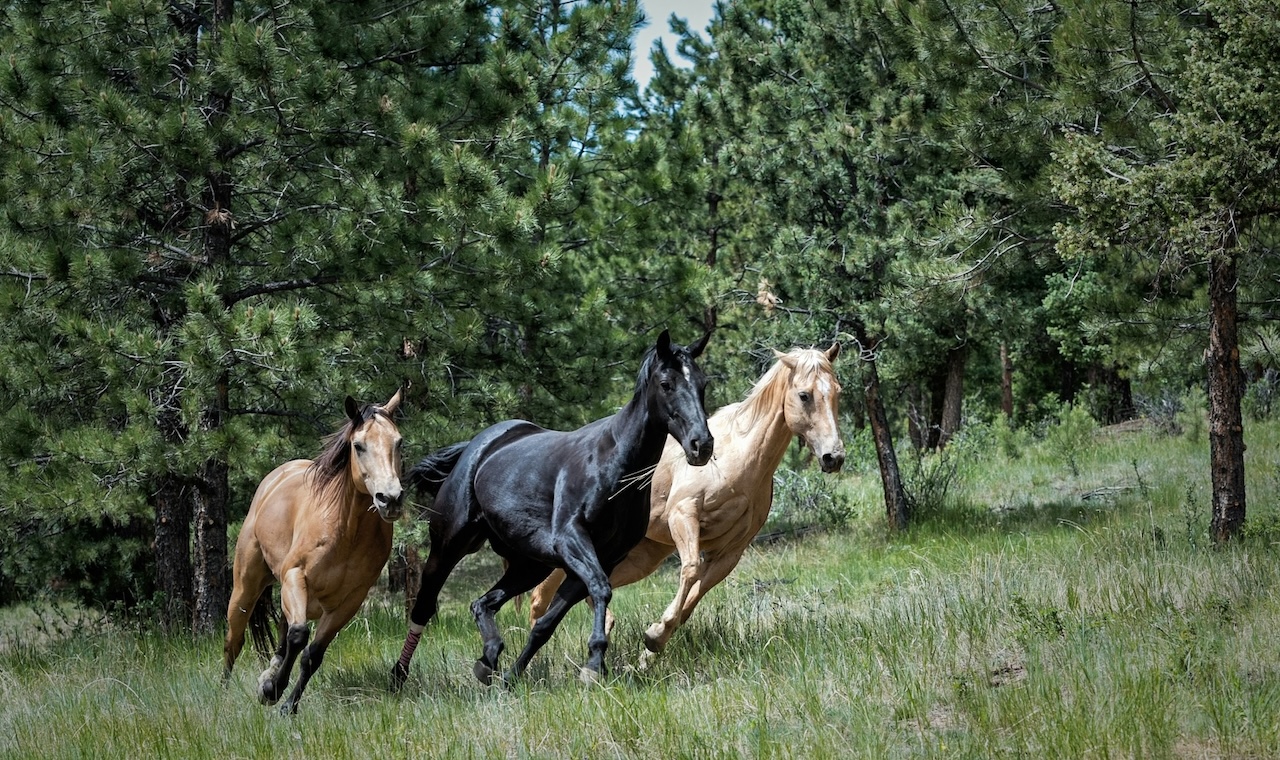
Photo by Gene Devine on Unsplash
Behaviour in the wild is considered normal behaviour in biology. So, in the discussion about what is functional or normal, it seems more than relevant to know what our natural behaviour is. And here lies a problem. Our natural behaviour and our natural movements do not always correspond with our culturally evolved behaviour. For example, planking, sitting on a ball, or squat exercises have been labelled as functional for a while, but of course, they are not.
Functional (normal) behaviour is not necessarily the best behaviour.
I recently read an article that simply walking has a much better effect on movement behaviour than targeted, so-called functional exercises. And it also seems to be healthier to work on your condition than on your BMI. Completely analogous to what we see in animal species.
It is, of course, essential to compare ourselves and our pain behaviour with species that are evolutionarily close to us.
We are a social ape species, we mainly eat tubers, grains, vegetables and fruit. Our communication capabilities have made our cultural evolution soar. Our social interaction (learning!) has made our species enormously developed. As individuals we are not particularly smart, for example compared to a chimpanzee or orang-utan. However, we give our children a lot of stimuli, education and opportunities. As a species, we have developed enormously because of this. On the other hand, our natural behavior has not changed much in the last 2 million years or so.
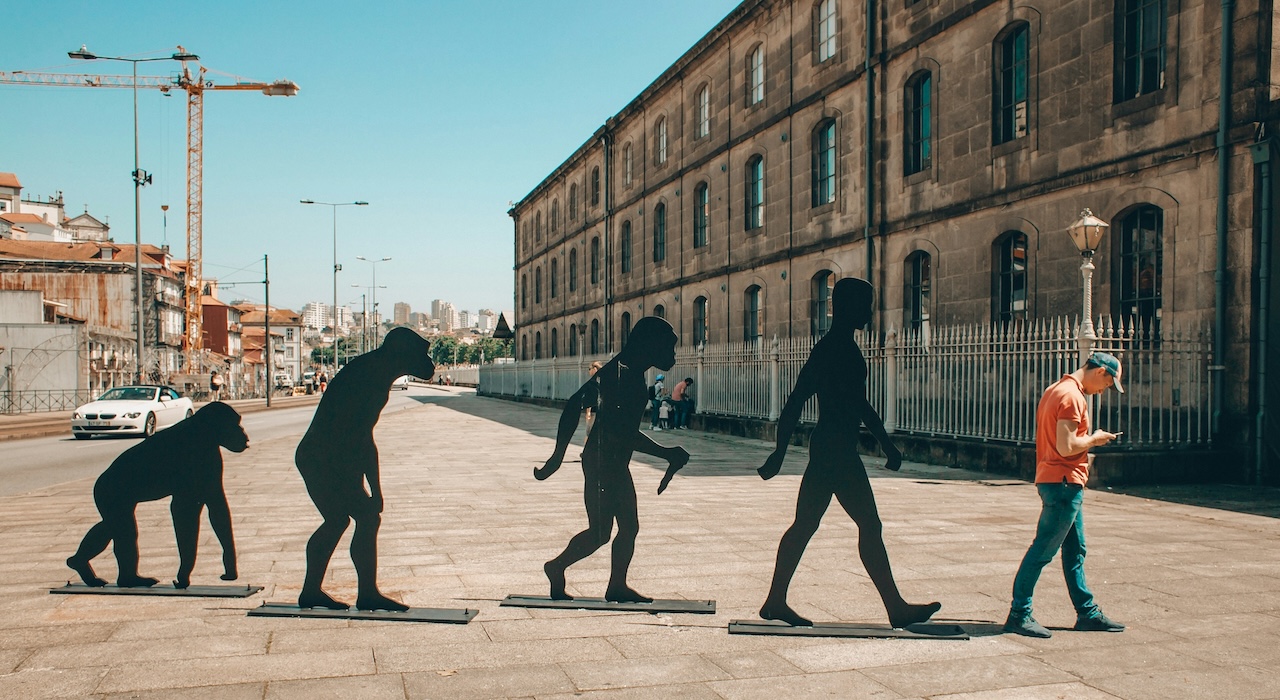
Photo by Eugene Zhyvchik on Unsplash
As far as I know, there is no animal species that has moved so far away from their natural behaviour as humans. And when it comes to pain, I’m astonished by how far we have drifted off.
It is a lot fun and highly educational to look at health, behaviour and physical therapy through an evolutionary and ethological lens. I do that in various courses and workshops, and now we also have our book, on which we zoom in specifically on pain.
You can order our book on Amazon or from any other bookstore. If you have any questions or ideas, don’t hesitate to contact me info@animalrehabcrete.com or visit my website www.animalrehabcrete.com
I’m very much looking forward to getting more involved with Environmental Physical Therapy, I believe that is where our future lies.

